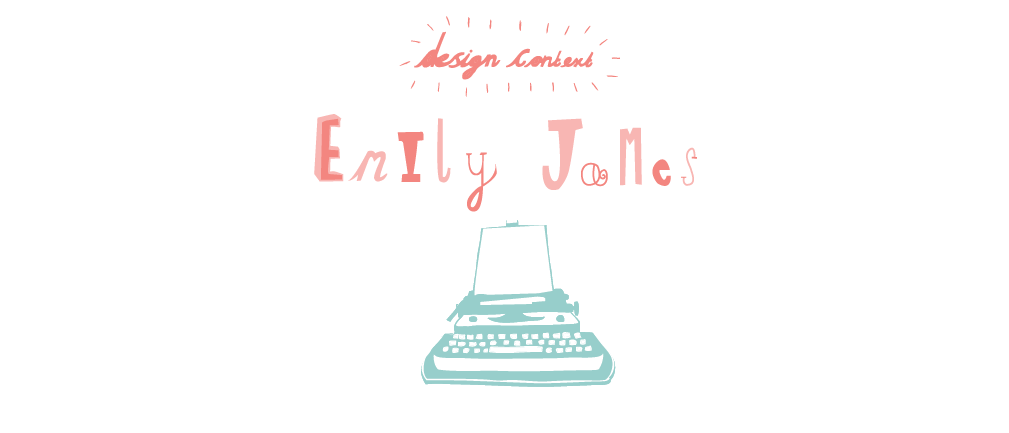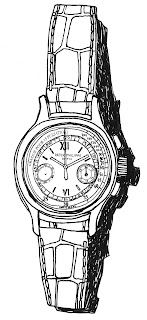Stereotypical student
1. Bad money management
2. Lazy
3. Drunks
4. Sociable
5. Tired
6. Hungover
7. Unhealthy
8. Irresponsible
9. Promiscuous
10. Tax dodgers
Questions
1. Describe your personality in five words.
2. How much do you care about your appearance on a scale of 1-5.
3. What gender are you?
4. How does your history effect you? Name 3.
5. Name a joke.
6. Where would you take someone on a date?
7. What's your sexual orientation?
8. Whats your favourite past-time?
In response to question 6 the results found were:
9/23 would choose to go to a coffee house/bar.
6/23 would go to a restaurant.
3/23 would go on a picnic.
4/23 would go on an alternative date.
In response to question number 2 the results found were:
12/23 said they would give themselves 4/5.
9/23 said they would give themselves 3/5.
Aspects of a Graphic Design group
1. Care about appearance.
2. Participate in past-times.
3. Are straight.
4. Are self-centered.
5. Are conventional.
6. Are mixed gender.
7. Have a range of experiences.
8. Care what people think.
9. Are open and honest.
Task: 'Write Ten questions to ask yourself to help identify yourself'.
1. Are you interested in travelling?
Yes, after I finish uni I would love to go travelling for a year or even go abroad to travel and work. This summer I am planning to go interialing for a month or so around Europe.
2. What do you do in your free time?
In my free time I like to draw. Not anything in particular or probably very good, but I like to fill little sketchbooks with illustrations. I also love surfing, I try to go every time I get to go home. I also do knitting in my free time, I am currently making a scarf.
3. How do you spend your money?
I spend quite a lot of money on food because I love it so much. But when I'm home I mostly spend it on petrol to go see my friends or to go to the beach. I would rather spend my money on doing fun things rather than on clothes or materialistic things.
4. What type of music are you into?
I like a wide of music however I love bands like the Beatles, the Kinks and T.Rex. My dad and brother have a major influence on my music taste. I do also like some more modern music as well, but it depends on my mood.
6. Have you had a job? If so how long for?
II have had quite a few jobs. My first job was a papergirl which I started at the age of thirteen and finished at sixteen. I have also worked in a few pubs, restaurants and worked at a vintage clothes shop.
7. What is your favourite food?
I love most food but my favourite is probably thai or Japanese food. I love sushi and my favourite restaurant it probably Wagamamas.
8. Are you close with your family?
Yes I would say I am pretty close with my family. I get on really well with my brothers and
spend a lot of time with them when I can.
9. Do you watch a lot of television, if so, what?
I would say I do watch quite a lot of television. I like typical channel documentaries and british comedies such as peep show and the mighty boosh.
10. What are your ambitions in life?
My ambitions in life are to find a job that I enjoy, live in a place which is chilled out and has surf and to travel as many places I can while meeting good people along the way.




















































